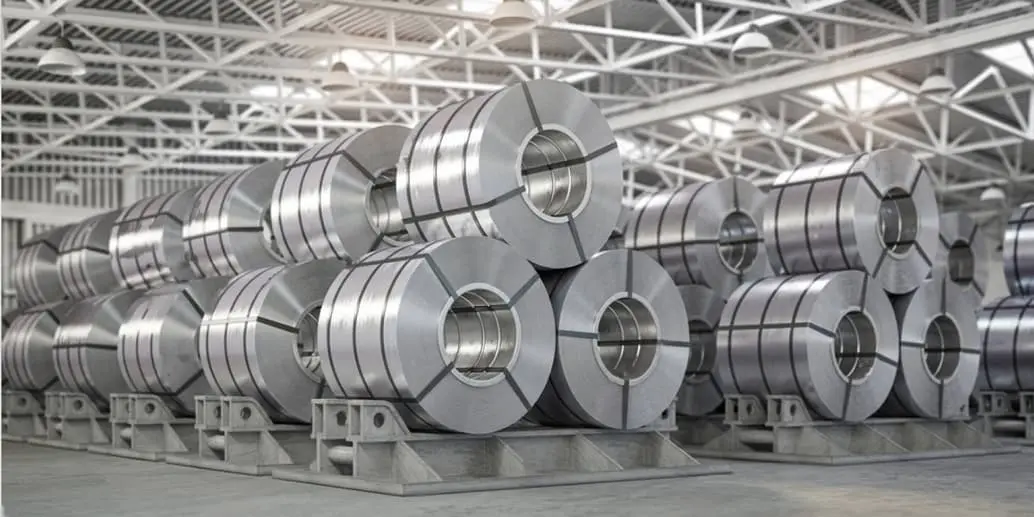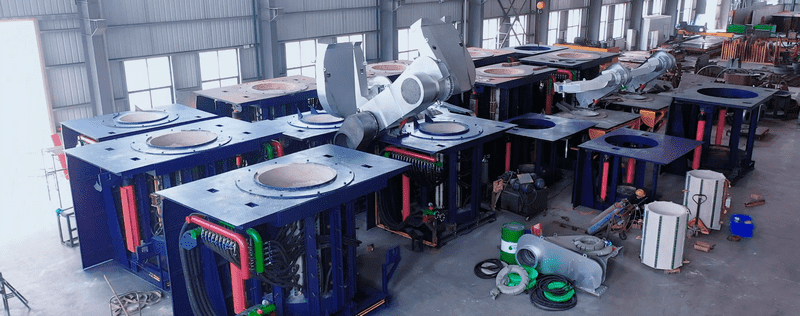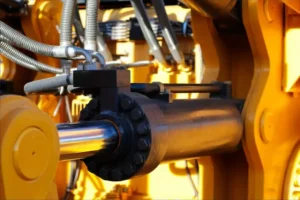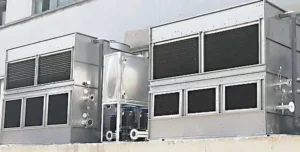Induction furnaces, as an advanced smelting technology, play a vital role in the global steel industry.
Analysis of advanced technology for induction furnace steel melting
Induction furnaces use the principle of electromagnetic induction heating to perform a high-efficiency, precisely controlled metal smelting process. Compared with traditional methods, the advantages of induction furnace melting are reflected in high energy efficiency conversion rate, operational flexibility and environmental protection performance. Through the alternating magnetic field generated by the coil, the material is quickly heated to a molten state in the crucible, allowing for more precise control of the alloy composition, which not only improves the quality of the steel, but also meets today’s energy efficiency requirements for sustainable development.

Current status and development trends of the international steel market
Globally, steel is the cornerstone material that supports the development of many industries such as construction, transportation, and machinery manufacturing. As the global economy continues to develop, the demand for high-quality steel is on the rise. In particular, the surge in demand for high-strength, corrosion-resistant steel in emerging industries such as renewable energy equipment and electric vehicle manufacturing has provided a broad market space for high-quality steel produced by induction furnace smelting.

Competitive situation in various countries and the impact of induction furnace technology
In the competitive landscape of the international steel market, countries are competing to improve their smelting technology to gain market share advantages. Developed countries lead the market with their advanced induction furnace melting technology and high-quality steel production capabilities, while emerging economies are striving to catch up through technological innovation and strive to occupy a more favorable position in the global industrial chain.
At the same time, the dynamics of international trade relations have a significant impact on the steel industry. Uncertain factors such as trade wars and tariff policy adjustments may lead to changes in the supply and demand structure and trade flows of the international market, thereby affecting the export competitiveness and market share of each country’s steel products.
Against this background, the advancement of induction furnace melting technology has become one of the key factors that determine the international competitiveness of the country’s steel industry. Countries that invest in technology research and development and adopt this advanced technology are expected to stand out in the fierce international market competition and ensure a lasting competitive advantage in the global steel market.
Conclusion
To sum up, with its unique technical advantages, induction furnace steel melting has shown great value in improving steel quality and meeting diversified market demands. In the face of the rapidly changing international situation and fierce market competition, countries must seize the development opportunities of advanced technologies such as induction furnace melting and respond flexibly to various challenges in order to remain invincible on the global steel stage.








